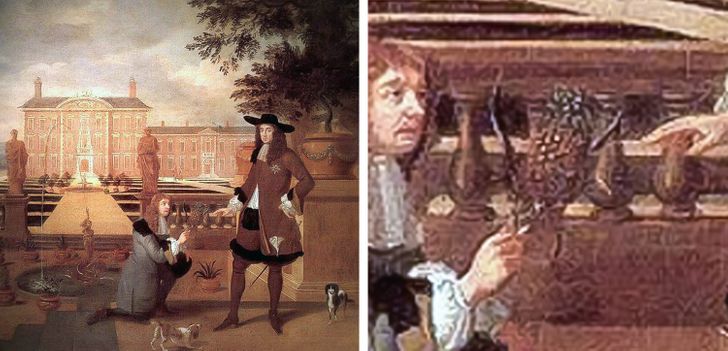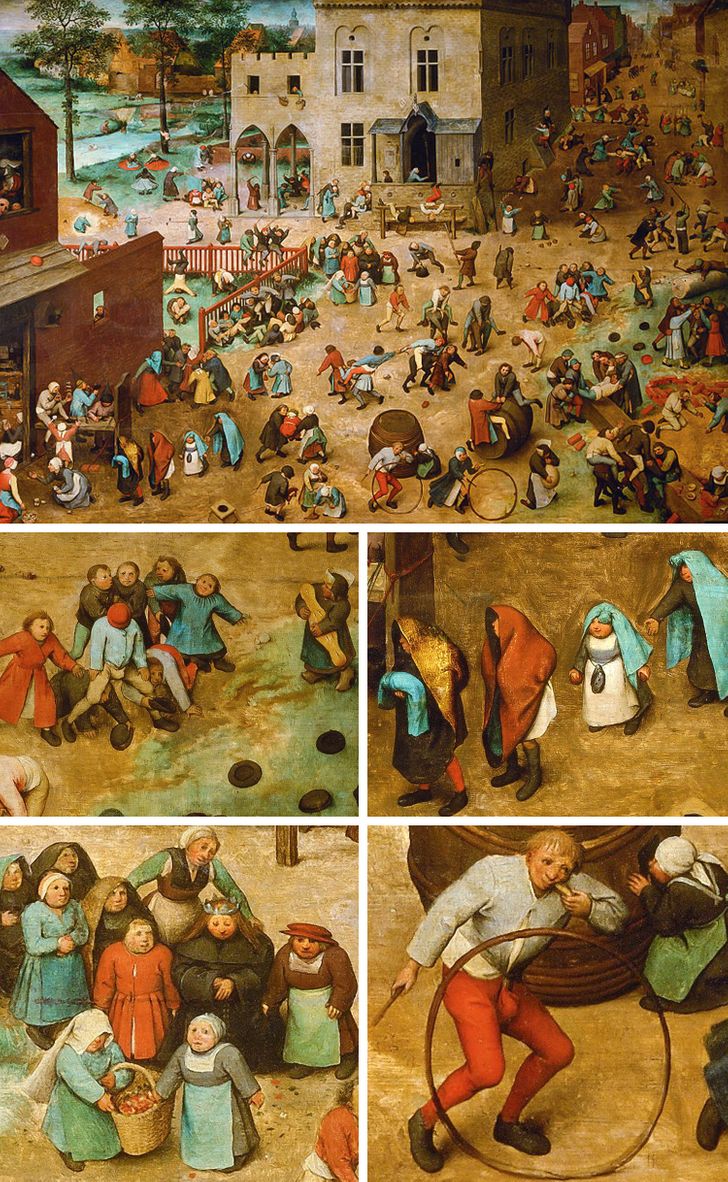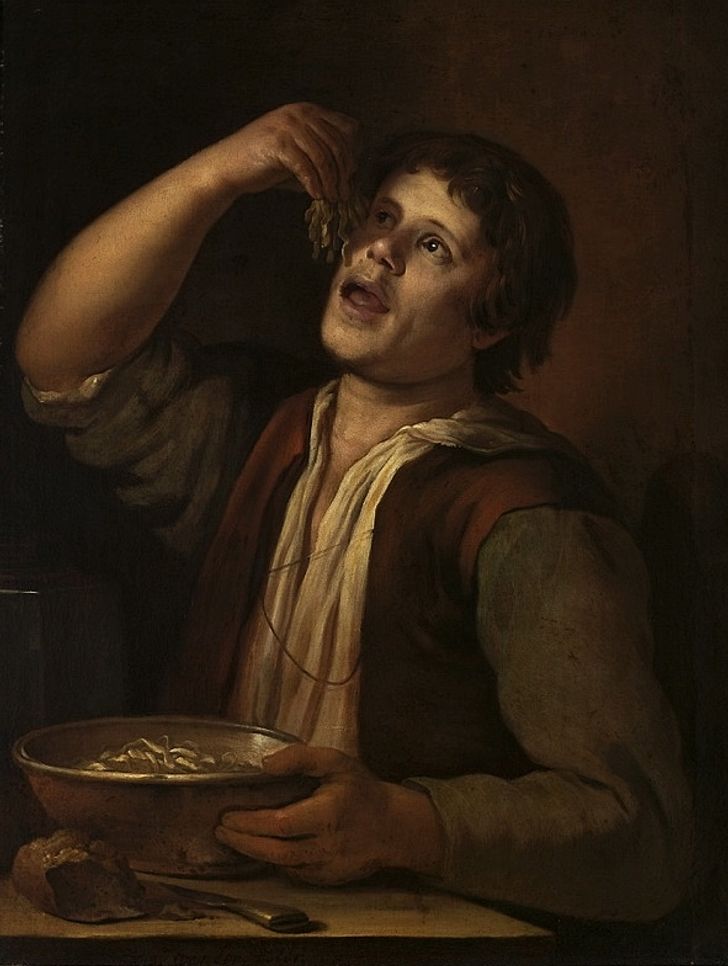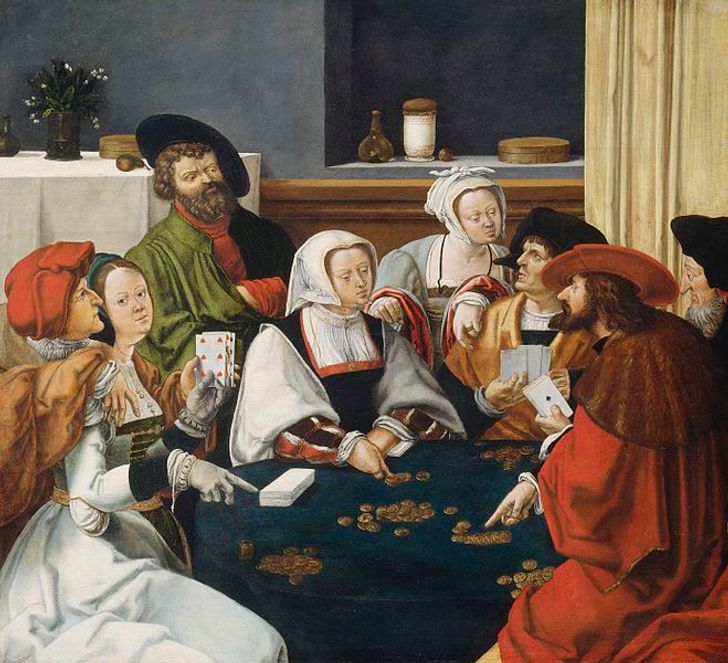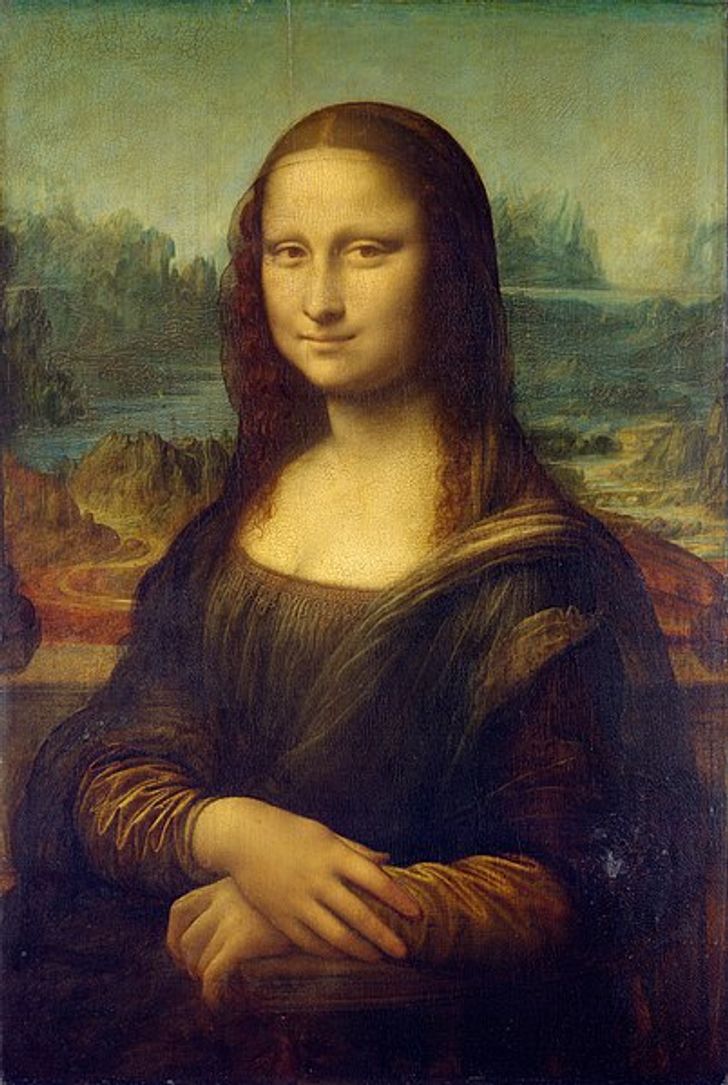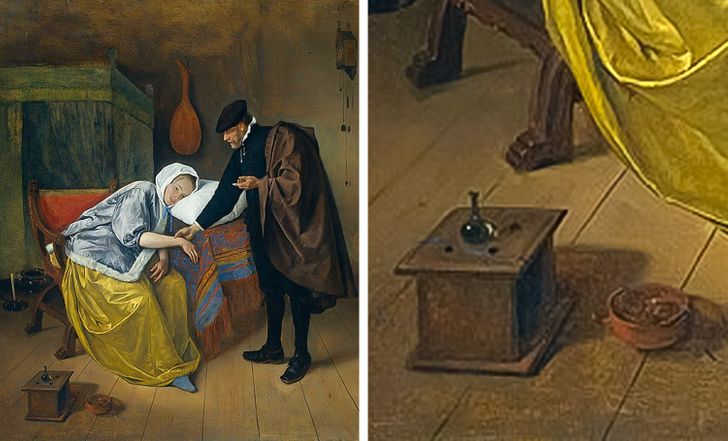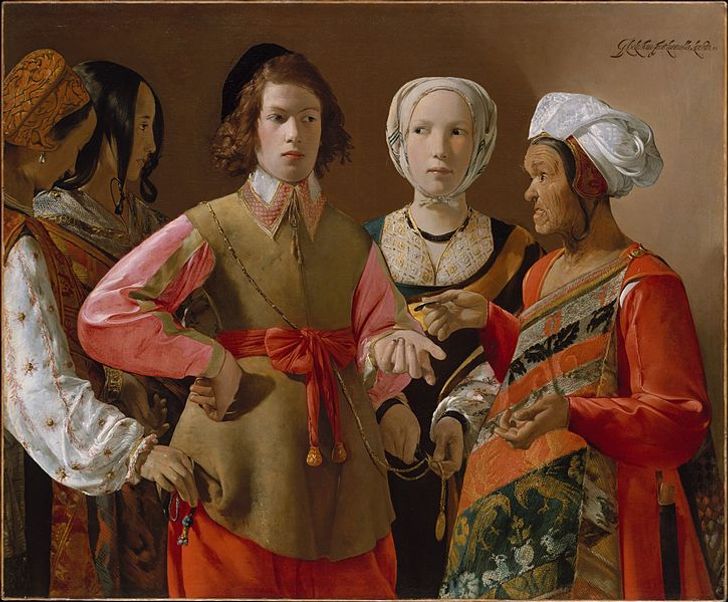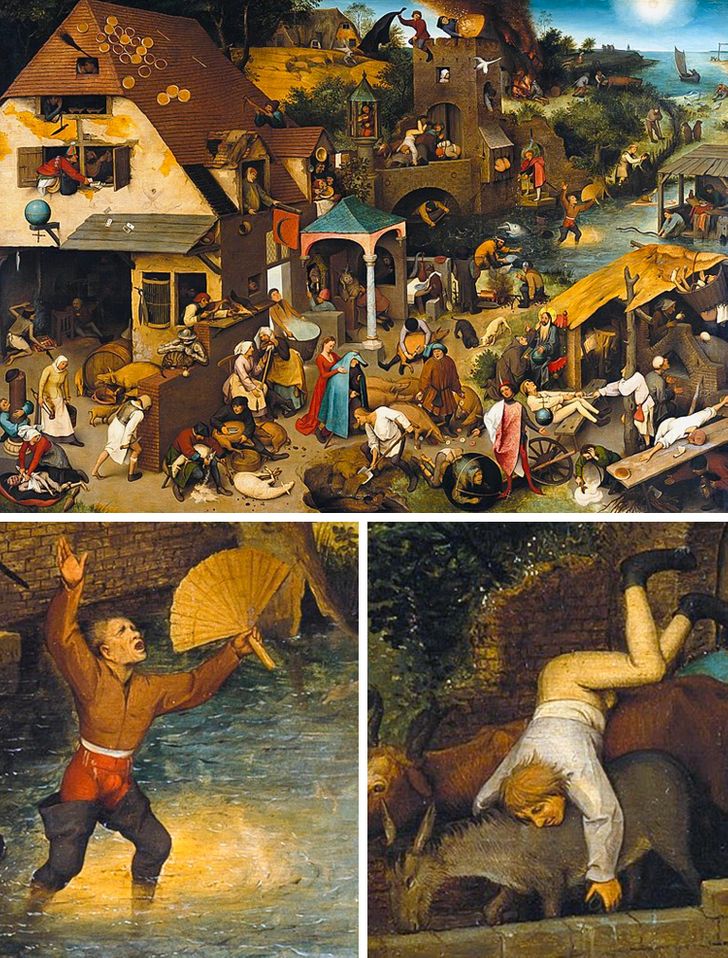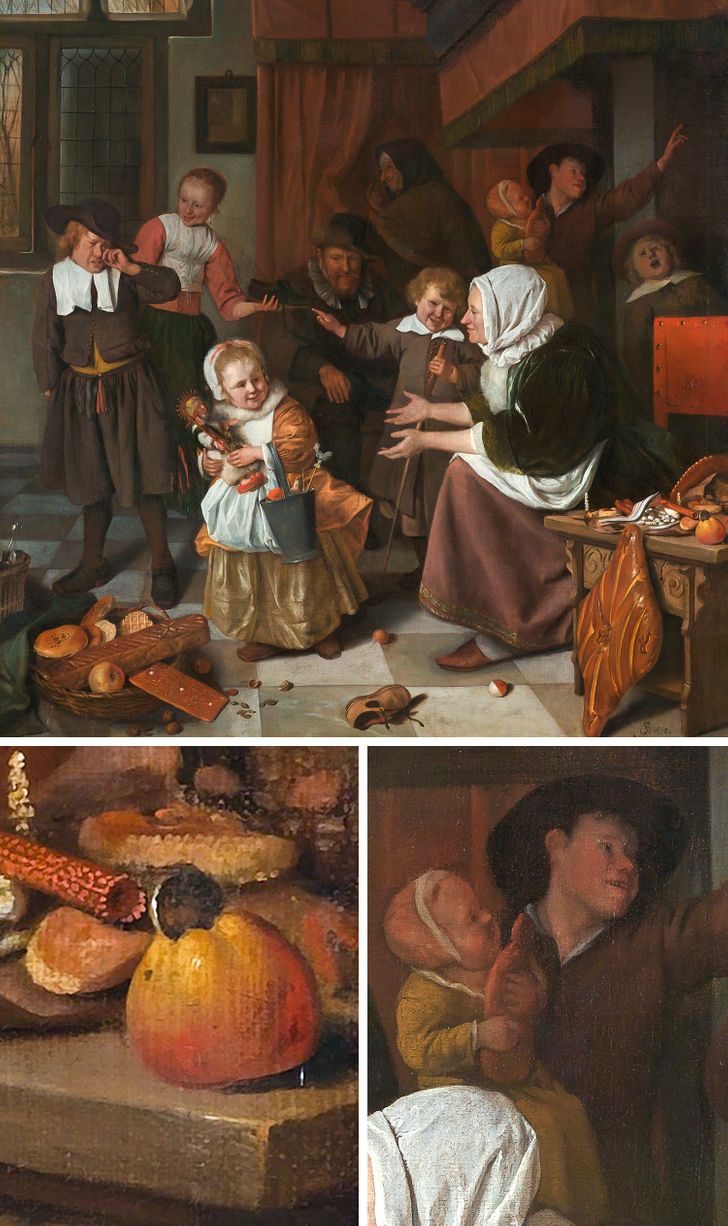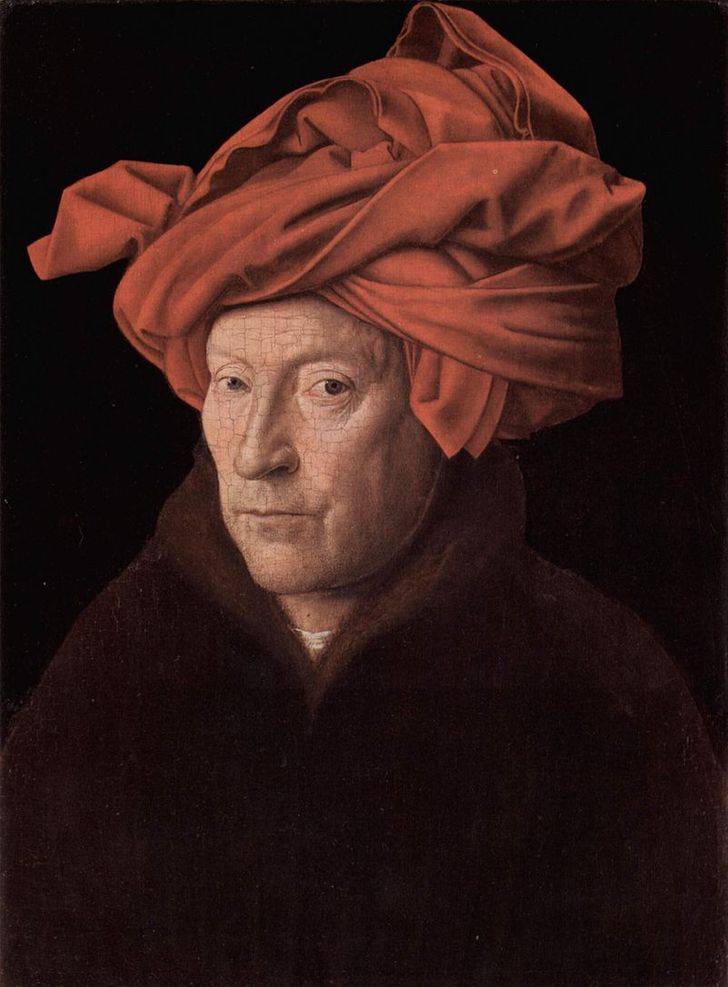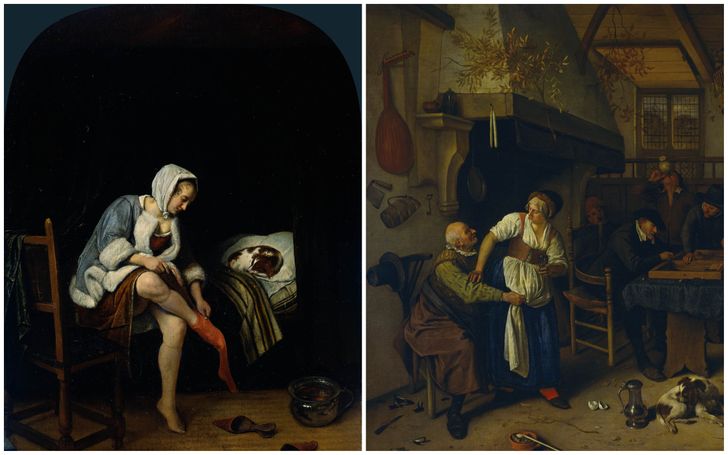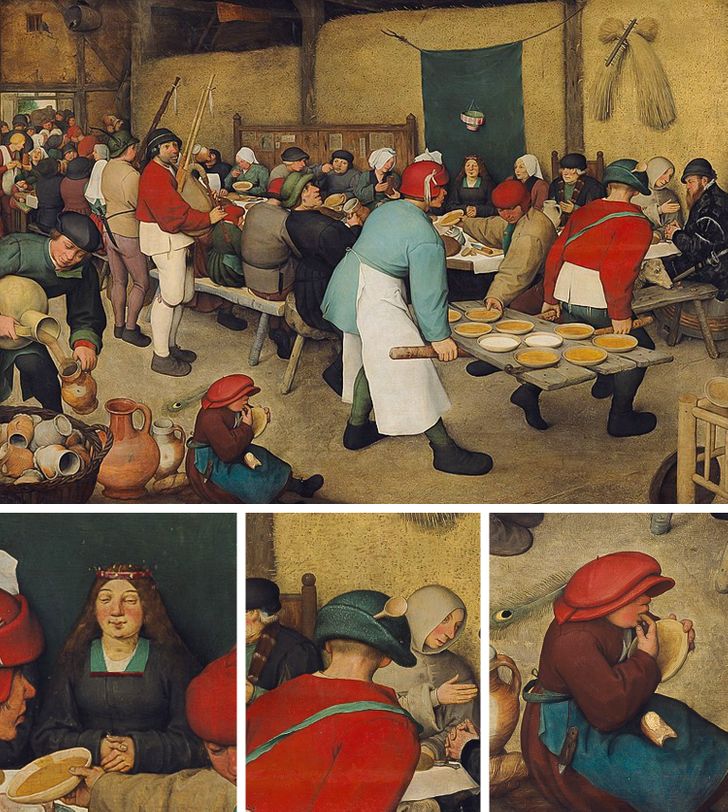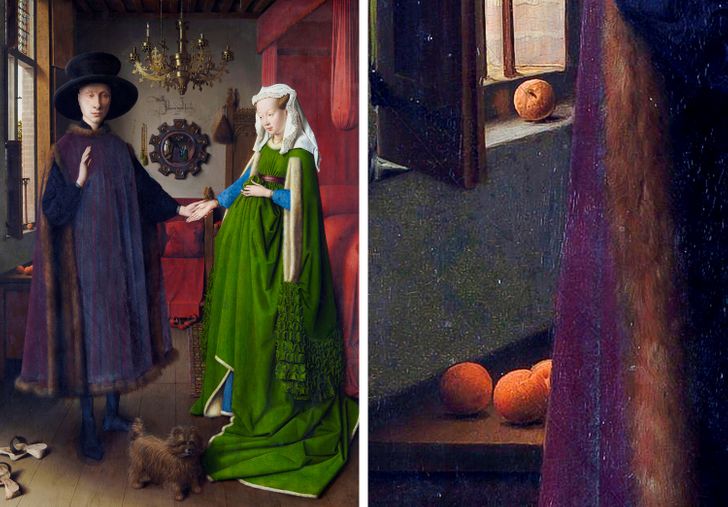I want to say thank you to one who wrote this article! I really enjoyed reading these backstories ?
13 Famous Paintings Where Artists Tried to Show Us Much More Than We Realize
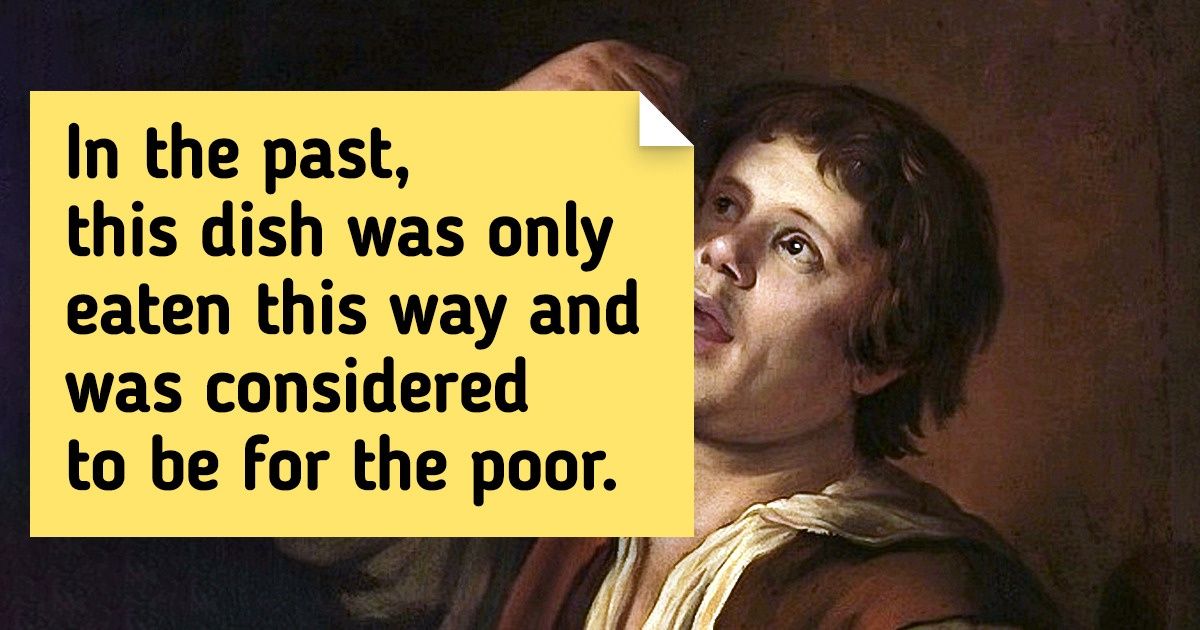
We are used to studying history in textbooks, using eyewitness records, or going over the works of scientists. But it’s not for nothing why people say it’s better to see something once than hear about it 100 times. Sometimes the paintings of artists of past epochs can show you things that we were not taught in school.
We at Bright Side studied some pieces of artwork from great painters carefully and saw a bit more than just a pretty picture in them. Frankly speaking, they are breathtaking. That’s why we want to offer you a chance to, once again, look at these paintings where the painters unwillingly told us how different the lives of our ancestors were.
Royal Gardener John Rose presenting a pineapple to King Charles II (1675, Hendrick Danckerts)
Pineapples, that are so well-known and familiar to us today, used to be an exotic rarety during the times of Charles II and were highly appreciated — so much so that the king even posed for a painting with this fruit.
Children’s Games (1560, Pieter Bruegel the Elder)
The painting depicts a town square where more than 200 children are playing games. We can recognize some of the games because the toys, like dolls, wooden horses, and glass balls are still toys even today. But most of them look unfamiliar to modern kids and can show you how the kids of the 16th century entertained themselves. Here are some of them: riding a barrel and playing with its hoop, a comic wedding ceremony (presumably a reenactment of the customs of the First of May), a parody of a baptizing ceremony, the weaving of a hat, and dancing around the “blind.”
Man Eating Noodles (1656, Jan Vermeer van Utrecht)
The painter depicted a man who is eating noodles with his hands. He had several reasons for doing this — at those times, traditional noodles were thicker than the ones we are used to, and in the past, this dish was only eaten this way — it was considered to be a dish for the poor.
Card Players (1550, Lucas van Leyden)
The cards in the deck on the table and in the hands of one of the men are turned with their backs to the viewer, and we can see that there is no pattern on the backs. The thing is, all playing cards, as a rule, had white backs before the beginning of the 19th century. Despite the fact that the white color got dirty quickly and made the cards recognizable, it was convenient to use them as cheap paper. People could use them for writing letters, jotting down notes, and making quick drawings.
Mona Lisa (1503–1517, Leonardo da Vinci)
Mona Lisa is a masterpiece of the Italian Renaissance. It is believed that the painting depicts Lisa Gherardini, the wife of the Florentine silk merchant Francesco del Giocondo. The author portrayed her without brows and with her hair shaved on the top of the forehead because this trend was quite wide-spread at those times.
Doctor and His Patient (1663–1666, Jan Steen)
This is one of the artist’s most famous works. The painting depicts a young woman who has regained consciousness after fainting, and a doctor who is holding her hands. In the bottom-left of the painting, one can see a small brass torch in which the cord is still smoldering. That’s how doctors would bring people back to consciousness during blackouts — they had patients smell a smoldering piece of cloth.
The Fortune Teller (1630–1639, Georges de La Tour)
The painter depicted a scene that is recognizable at first glance — a young man is surrounded by Gypsy women and the senior woman offers to tell his fortune. There is a white-skinned Gypsy girl standing next to this man. This character is a tribute to the myth that was popular at that time in Western Europe about the abduction of children from wealthy families by Gypsies. There are a couple of other curious moments in the painting that show the artist knew the Gypsies’ customs from those times: unmarried girls showed their hair, while married women tied their hair under a kerchief at the back of their heads. The white-skinned girl’s kerchief is tied under her chin, which makes us think that she is neither a virgin, nor married.
The Dutch Proverbs (1559, Pieter Bruegel the Elder)
The painting on this canvas literally depicts proverbs that were used at the time of creating the painting. Some of those like, “Armed to the teeth,” “Swimming against the tide,” and “Banging one’s head against a brick wall” are still part of our vernacular today. However, most of them are outdated nowadays. For example, the image of a man standing knee-deep in water with his eyes closed depicts the proverb, “To be unable to see the sunshine on the water” (To be jealous of another person’s success); a man falling from a bull to a donkey sounds almost literally like the proverb “To fall from the ox onto the rear end of an ass”, which means “to fall on hard times.” In total, there are probably about a hundred proverbs that have been found, but we presume that there are still many more of them in the painting that we just haven’t found yet.
The Feast of Saint Nicholas (1665–1668, Jan Steen)
At those times, kids used to get presents for their good behavior on the Feast of Saint Nicholas (the 6th of December) and that’s the very scene shown in the painting. On the right side of the canvas, the artist depicted a table where, among other things, there is an apple with a coin in it. It’s a tribute to an old tradition of hiding coins in apples and presenting them to friends. The baby in the arms of a young man is holding a gingerbread man — this is a symbol of the holiday of St. Nicholas. But it’s worth noting that baking figurines of Saint Nicholas was forbidden in the 17th century in many Dutch cities because it wasn’t approved by protestant authorities.
Portrait of a Man in a Red Turban (1433, Jan van Eyck)
Despite the name of the painting, the man’s headwear is not a turban but a medieval French headwrap called a chaperon. The fashion for chaperons came from Burgundy at the beginning of the 15th century and lasted for 100 years. It was worn by both men and women from all walks of life.
Woman at Her Toilet 1659–1660); In the Tavern (1660— 1679; Jan Steen)
It’s not for nothing that Jan Steen is considered to be the master of genre painting. His paintings help us easily recreate the reality of the Dutch of the 17th century. The 2 paintings shown above are different when it comes to their plot, but they are similar in one small detail, which would be immediately noticed by contemporaries. The red color of stockings at those times indicated that the woman is not quite worried about high morals and it gives her away as someone who is easily accessible. Also, in the second painting, we can see backgammon on the table — just like cards, this game was associated with idleness and silliness at those times.
The Peasant Wedding (1568, Pieter Bruegel the Elder)
This painting by the great Dutch painter can tell us many interesting things.
- If you look closer, you’ll see a spoon in the headgear of the guy carrying the food — this is a sign that he is poor. After the abolition of serfdom, peasants who didn’t have their own land found themselves experiencing harsh living conditions. They had to live and sleep wherever they could, they took any kind of seasonal work, they mostly worked as servants, and as a rule, they would carry all of their necessary items with them. You can see both the spoon in the hat and the belt of the cross-shoulder bag in the painting. The most necessary and universal item was a knife — even a kid had one (look at the bottom left part of the painting).
- The front wall is not a wall at all, but neatly folded wheat. The wheat was ground from September to January; weddings were celebrated during the same period. The full barn indicates that the harvest was good and that the participants of the celebration will not have to suffer from hunger in the coming year.
- The bride is depicted as very calm, almost motionless. This also has meaning. Traditionally, the bride was not supposed to do anything on this day because the life of a peasant woman was full of tedious work on a regular basis.
The Arnolfini Portrait (1434, Jan Van Eyck)
The canvas presumably portrays the Italian merchant Giovanni di Nicolao Arnolfini and his wife.
- The painter is showing the audience an image of wealthy people in detail: clothing trimmed with rich fur and in blue and bright green fabric, red fabric for their bed linens — it was quite expensive to dye fabrics in these colors during that time. Oranges were also imported and very expensive goods.
- Contrary to the first impression, the woman in the picture is most likely not pregnant — she’s only following the fashion of that time: the more fabric, the more indicative of high social status.
- People from the 15th century would instantly understand that this room didn’t exist because it lacks the main thing people couldn’t live without — the painter didn’t paint a fireplace.
Have you found any other curious details in these paintings? What is shown in your favorite works of art?
Comments
me too! It's so interesting because I know most of these painting but because I know their backgrounds and meanings now, they seem different to me
My favorite story about the painting is the one about the Last Supper.
"It’s said that Leonardo da Vinci took over ten years to paint the masterpiece ‘Last Supper’ because he was so picky about the models he used for each character. One Sunday, just after da Vinci had begun the painting, he spotted a young man in the choir that he felt would be the perfect Jesus Christ. The lad radiated love, innocence, tenderness, compassion and kindness. The young man, Pietri Bandinelli, agreed to be the model.
Ten years went by, and the painting remained incomplete. Leonardo could not find just the right face for Judas. He was allowed to search the prison, and there he found the perfect character to portray the man who betrayed Christ. Near the completion of the painting, the model asked if he was allowed to have a look. As he stared at the painting, tears began to flow down his face. When da Vinci asked what was wrong, the model told him that he was Pietri Bandinelli, the same man who had modeled for Christ ten years earlier."
oh my... every single detail is this painting if full of hidden mystery ?
About the painting of the feast of St Nicolas: It is still celebrated in the Netherlands, only not on December 6th but on December 5th
Related Reads
15+ Heartfelt Times When Women Proved There’s a Rainbow After Every Storm

15+ Mothers-in-Law Who Can Turn an Ordinary Day Into a Comedy Show

I Refuse to Let My Mother Disrespect My Stepdaughter, Even If It Costs Our Relationship

My BFF Invited Me to Her Baby Shower, It Turned Into My Worst Nightmare

I Was Shamed for Being a Single Mom — but My Little Girl, 6, Had the Last Word

I Refused to Work on My Vacation, Even Though “Millions Were at Stake”

13 People Share the Things They’ve Been Hiding From Their Partners for Years

I Refuse to Be Left Out Without Consequences

I Walked Out of the Family Reunion After My Stepdaughter Handed Me a List of “Rules”

12 Stories That Prove Kindness Is a Superpower in Disguise

I Refused to Take My Stepdaughter on Our Family Trip

I Refused to Follow My Mom’s “Different Beds” Rule—And the Real Reason Was Heartbreaking

